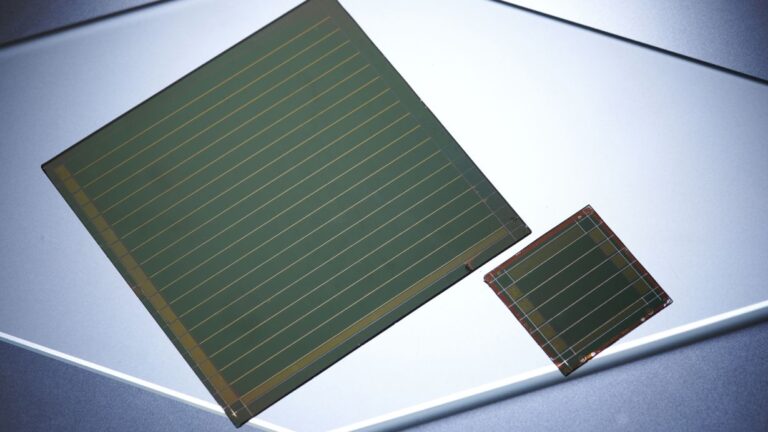Researchers at the Karlsruhe Institute of Technology (KIT), along with Helmholtz Imaging and Helmholtz AI Department at the DKFZ Heidelberg, have developed a method using machine learning and artificial intelligence to predict the quality of perovskite layers in tandem solar cells, which are more efficient than traditional silicon solar cells. By analyzing variations in light emission during production, the AI can detect the quality of the coating. This technology is crucial for improving the production of these high-efficiency solar cells needed for the energy transition.
The interdisciplinary team utilized a dataset of video recordings showing the photoluminescence of perovskite layers during manufacturing. Although invisible to the naked eye, AI was trained to identify good or bad coating quality from these videos. The use of Explainable Artificial Intelligence (XAI) helped in analyzing these subtle indicators.
The key finding is that variations in photoluminescence during production impact the quality of the solar cell coatings. The AI, after being trained on neural networks, could predict the potential efficiency of the solar cells based on these variations. This research represents a significant shift in materials science, offering a systematic way to gain insights and improve solar cell production, with broader implications for energy research and materials science.
This text is a shortened, translated summary of the original press release published on KIT website. The results have been published in the jounal “Advanced Materials”. The article can be accessed here.


